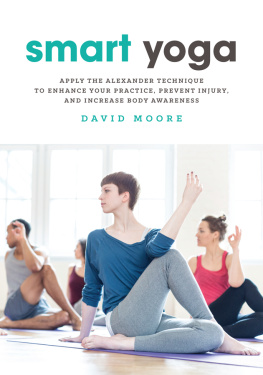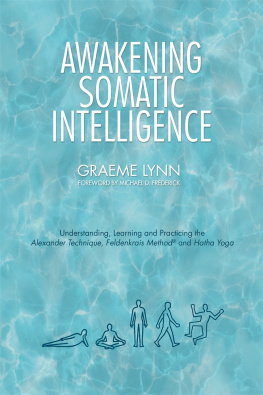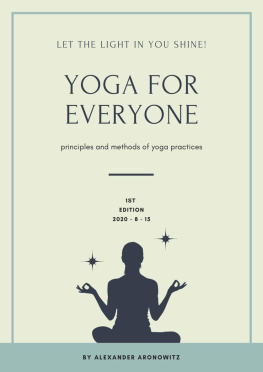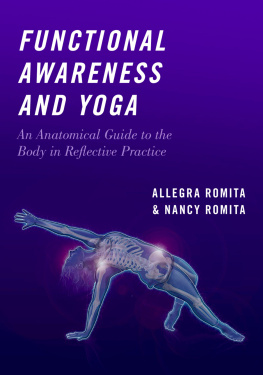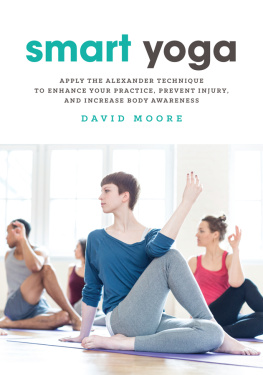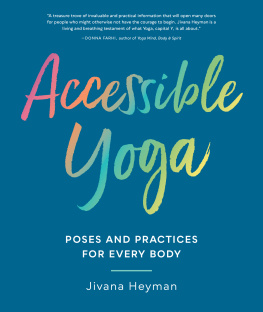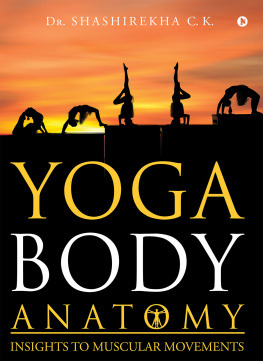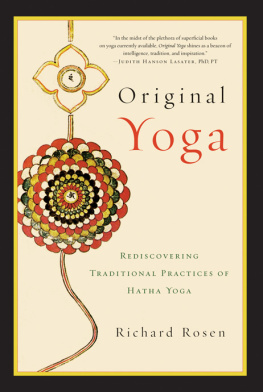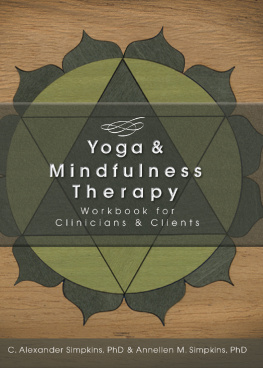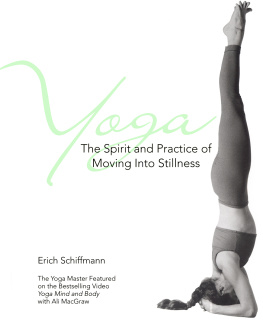
Part One
Background
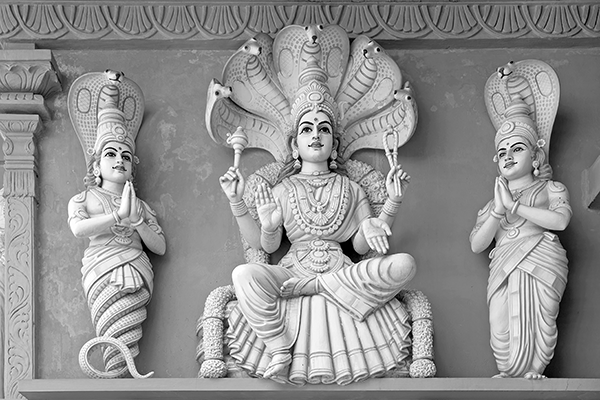
Part Two
Principles of the Alexander Technique

Part Three
Considerations Regarding Yoga Practice

Part Four
Yoga Poses and Asanas

Apply the Alexander Technique to Your Yoga Practice
Being the first accessory of Hatha Yoga, asana [yoga poses] is described first. It should be practiced for gaining steady posture, health and lightness of body.
Hatha Yoga Pradipika
I have been criticized for keeping things back, because I would not give in my book instructions and set exercises that people could do at home by themselves.
In all such instances I point out that I will not be guilty at this stage of my teaching experience of adding to the mass of literature on the subject of exercises, or take the grave responsibility for the harmful consequences which are certain to result from the practice of exercises, according to written instructions, by people whose sensory appreciation is unreliable and often positively delusive.
F. M. Alexander
As you read this section on the yoga poses, it is important to keep in mind Alexanders thoughts on the usefulness and wisdom of following written instructions in the performance of any type of exercise. Anyone with unreliable sensory appreciation will inevitably interpret the instructions using his or her own kinesthetic sensations as a guide. In addition, people often have misconceptions in relation to the concept of coordination, even in normal upright posture and in particular yoga poses and misconceptions about the anatomical possibility for some movement. Mistaken ideas about the range of healthy movement of the various joints are common.
I can, perhaps, take some comfort from the fact that in a later chapter in the same book, Alexander succumbs to temptation and is himself guilty of giving a very detailed instruction for a particular exercise, albeit with caveats about how inadequate the instructions are; however, he doesnt call it an exercise.
I am assuming that most of my readers are doing these or similar poses already. My approach to the particular poses discussed in this book, besides simply describing them, is to draw readers attention to ways of adapting the poses to the wide range of anatomical variation, including the injuries and differences in flexibility that people will bring to them; to identify errors and mistaken ideas that people commonly bring to these poses; and to look at how optimal coordination can be achieved within the poses.
Some of the chapters also have detailed discussions on the anatomical considerations related to each pose, as well as explanations of how everyday postural habits tend to be affected and accentuated by certain poses.
The sequence of the sections is arbitrary. I have started this section of the book with the Mountain Pose, or Tadasana,which allows me to engage in an in-depth examination of the idea of good and bad posture, as well as to critique common beliefs about good posture and posture correction.
I hope this book may encourage some readers to seek out a teacher who can give them some direct instructions. As already discussed, Alexander used mirrors so that he could check his kinesthetic sensations against what he could perceive visually. Nowadays, we can also use a video camera linked to a screen to observe ourselves in the moment of moving.
The common theme running through these chapters on yoga poses is that people differ, and, because of this, there is no correct way of doing each pose so that it will work for everyone. Instead, the correct way to approach the poses involves paying attention to our own unique body; our own flexibility, strength, structural issues, and habitual movement patterns; as well as the mental and emotional state we bring to the activity. We need to understand what works best for ourselves, using the pose intelligently, as a means to experience openness, expansion, and freedom. This is achieved by adapting each pose to our unique body. We want the body to move as a coordinated whole, paying particular attention to the length of the whole spine and the balanced relationship of the head, neck, and torso (the primary control).
I always ask my students to be very clear about their intentions in any pose. By this, I mean that they should be clear about the direction and flow of energy that the particular pose opens up for them and toward which they need to aim.
I hope that for some readers the descriptions and issues that are discussed in this section on the yoga poses, in conjunction with the rest of the book, will clarify and improve their thoughts and ideas about how to approach their yoga practice.
This section on postural yoga is laid out in a number of chapters covering several types of yoga poses.
Next page
